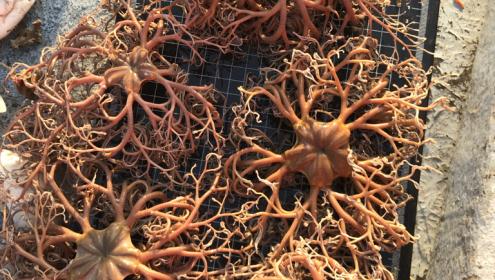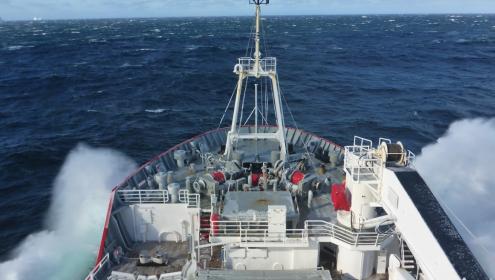LATEST TOPICS
Scientific news
The initiative, in which the Institut de Ciències del Mar (ICM-CSIC) participates, will promote the protection, recovery and preservation of these ecologically important communities.
The bycatch of these organisms damages the nets and hinders the fishing activity, which is creating unrest in the Catalan fishermen's associations.
The tags are part of the BITER project, an initiative led by the ICM-CSIC in which the Polytechnic University of Catalonia - BarcelonaTech (UPC) and the University of Girona (UdG) also participate.
Researchers from the Institut de Ciències del Mar (ICM-CSIC) of Barcelona lead an international multidisciplinary team that will travel the Antarctic waters for four weeks.
Researchers at the ICM-CSIC observed that plankton in polar oceans emits benzene and toluene, two gases of biological origin that contribute to cloud formation and affect climate.
According to a study in which the Institut de Ciències del Mar (ICM-CSIC) has participated, species richness has increased by more than 60% in the last two decades.


